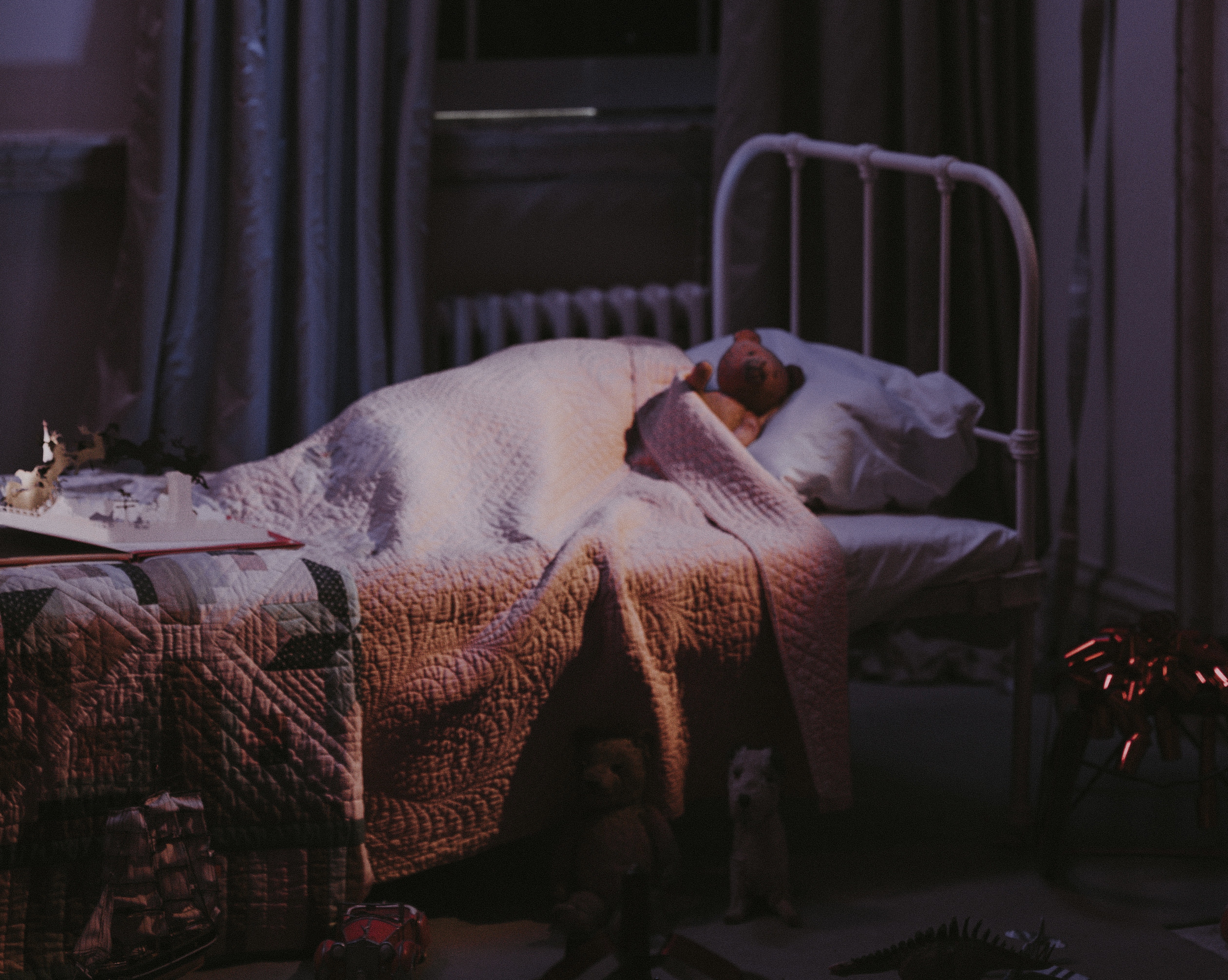
Named The Spanish Flu, for reasons that seem unclear, this was the most devastating epidemic in recorded history.
Arriving as it did at the end of World War I, when there was so much people movement, making conditions ripe for disease, it spread rapidly, claiming at least fifty million people worldwide; more people than the war. No country seems to have been immune. Canada lost at least fifty thousand lives.
The first signs of influenza in Halton were found in October 1918; the epidemic lasted until March or April of 1919 and took a roller-coaster progression, with the most severe outbreaks occurring around Christmas and January 1919.
Curiously, this `flu seemed to hit not the young or frail elderly but healthy 25-45 year-olds. By the time the epidemic ended, some 150 Halton residents were dead, and several hundred had been severely affected, out of a total population of 23,000.
The first recorded report was in Georgetown on October 10, 1918. There were some 300 cases in Burlington. Many doctors died, and nurses had to be trained to deal with the sick. The funeral director died, and the demand for coffins couldn’t be met. There are reports of self-contained funeral streetcars. The local newspapers contained numerous advertisements offering medicines, salves, and ointments.
The medical authorities sought to ban assemblages and close public places such as schools and theatres to contain the spread. This ran counter to those who sought to organize public rallies and raise funds for the last few months of the war effort.
The clergy were upset about the closure of churches, and theatre owners petitioned the Boards of Health in municipalities to reopen the theatres.
Images of crowds of people at train stations welcoming home soldiers illustrated how difficult it would have been to prevent gatherings.
In December of 1918, "Business as Usual" was declared, but it was not to be; the ‘flu was more severe when it came back at Christmas and January.
The Guelph Winter Fair went ahead, and many farmers became infected.
Despite the grimness, the illness and loss of life, there seems to have been no evidence of hysteria and, on the contrary, much kindness among the public. People demonstrated a great ability to cope, not only with the war but also with this final insult.
As there was no central health authority such as Health Canada, each Halton municipality had its Board of Health to deal with the crisis. In 1919 Federal Health Care came into being, together with a new awareness program.
One theory about the outbreak's epicentre was that it was a “chicken flu” originating in China. As to why it was named Spanish flu, it is conjectured the reason was that it was because Spain had remained neutral during the war, and they were the only country able to publicize the epidemic.
This article is courtesy of the Oakville Historical Society.